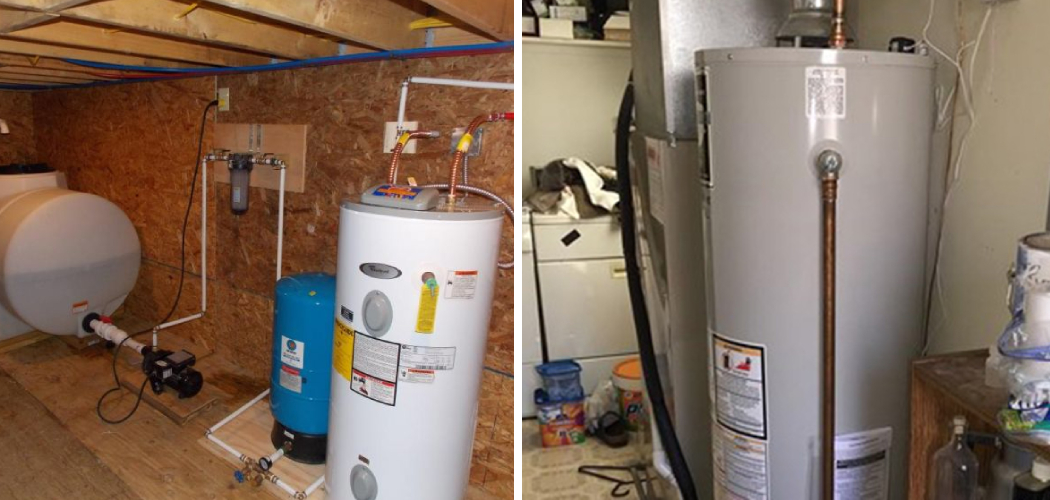As the winter months approach, the risk of frozen pipes in cabin settings becomes a significant concern for homeowners and renters alike. The combination of plummeting temperatures and insufficient insulation can lead to water freezing within the piping system, potentially resulting in costly damage and inconvenient water outages.
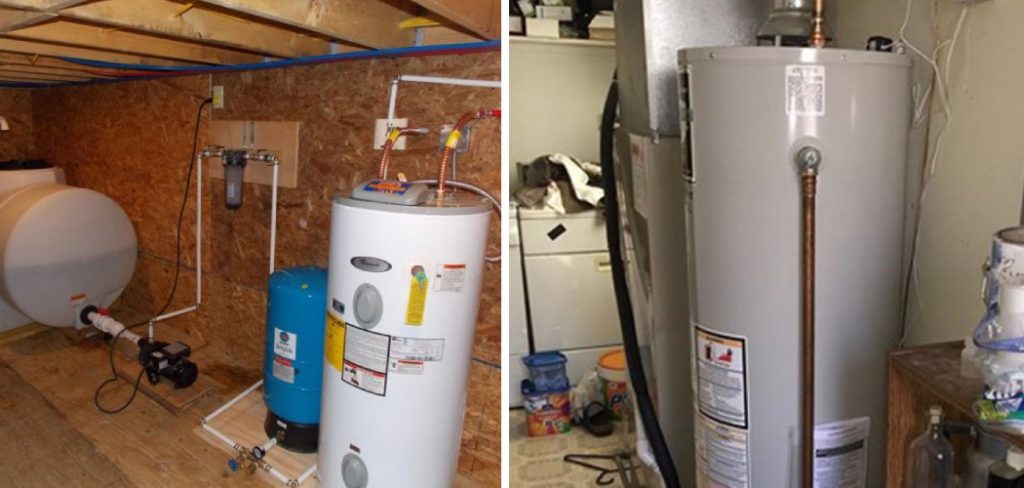
Understanding the effective strategies to maintain a warm and flowing plumbing system is essential for preserving the integrity of your cabin while ensuring comfort during the colder seasons. This guide outlines practical tips and preventive measures for how to keep cabin pipes from freezing, safeguarding both your property and peace of mind during the frosty months ahead.
Importance of Preventing Pipes from Freezing in a Cabin
Preventing pipes from freezing in a cabin is crucial for several reasons. Firstly, frozen pipes can lead to significant damage, as ice expands and can cause pipes to burst, resulting in leaks that may compromise the structural integrity of the cabin. Additionally, the cost of repairing or replacing damaged plumbing can be substantial, extending beyond the immediate plumbing issues to potential damage to walls, floors, and personal belongings.
Secondly, ensuring that cabin plumbing remains functional is vital for comfort and convenience, especially during winter visits when access to water for cooking, cleaning, and sanitation is essential. Lastly, taking proactive measures against frozen pipes can provide peace of mind, allowing homeowners to enjoy their time in the cabin without the worry of unexpected plumbing crises.
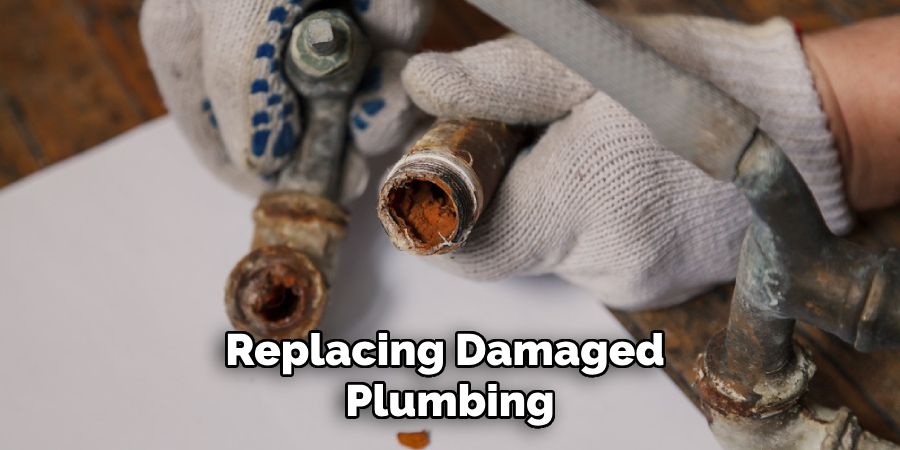
Understanding the Risk of Frozen Pipes
Frozen pipes pose a significant risk in cabin environments, particularly during harsh winter conditions. When temperatures dip below freezing, any water remaining in the pipes can freeze, leading to an increase in pressure that may ultimately cause the pipes to crack or burst. This risk is exacerbated in cabins that are not used year-round, as prolonged periods of inactivity can lead to inadequate heating and exposure to extreme cold.
Additionally, pipes that are located in unheated areas, such as attics or crawl spaces, are especially vulnerable. Understanding these risks is vital for homeowners, as taking preventative action can mitigate the potential for costly repairs and ensure a dependable water supply throughout the winter season.
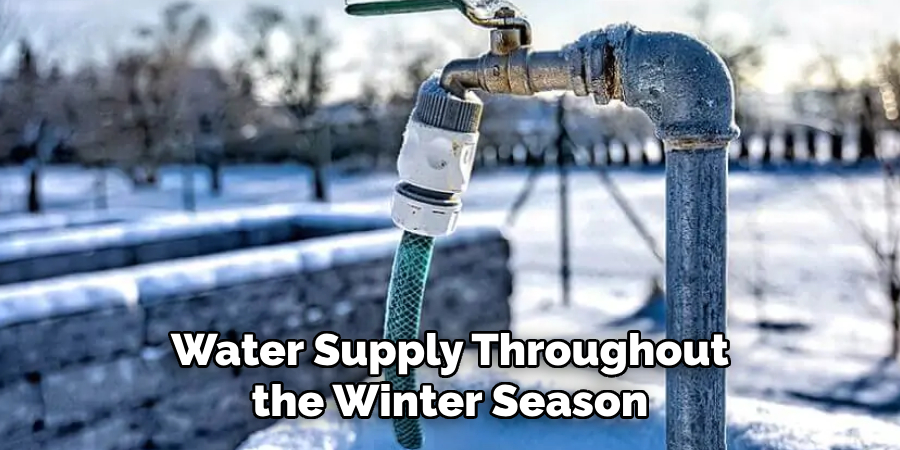
10 Methods How to Keep Cabin Pipes from Freezing
1. Insulate Your Pipes
Insulating exposed pipes is one of the most effective methods to prevent them from freezing. The pipes most susceptible to freezing are usually those in unheated areas such as crawl spaces, attics, and exterior walls. By wrapping pipes with foam insulation sleeves, fiberglass, or rubber insulation, you create a barrier between the cold air and the water inside the pipes.
For added protection, especially in extreme temperatures, consider using heat tape or heat cables. These electrical solutions can be wrapped around pipes and provide a constant source of warmth, further reducing the risk of freezing. The investment in insulation is minimal compared to the cost of repairing a burst pipe, making this method both cost-effective and efficient.
2. Let Faucets Drip
One of the simplest yet highly effective methods of keeping pipes from freezing is to let your faucets drip slightly during cold weather. When the water moves, even if just a trickle, it helps prevent the formation of ice within the pipes. This is especially important for faucets that are connected to pipes located near exterior walls or in unheated areas.
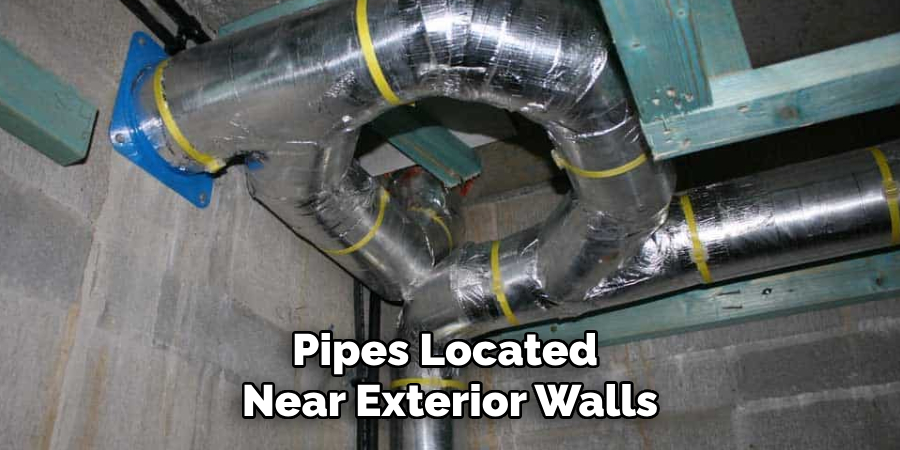
The constant flow of water, although minimal, relieves pressure that could otherwise build up if a pipe freezes. Even if a pipe does freeze, the dripping water helps prevent it from bursting by maintaining a slight movement and reducing pressure.
3. Seal Gaps and Cracks
Inspecting your cabin for gaps, cracks, and openings that allow cold air to seep into areas where pipes are located is another essential step. These drafts can come through windows, doors, vents, and even electrical outlets. By sealing these gaps with caulk or weather stripping, you prevent cold air from reaching vulnerable pipes, especially in unheated spaces. Additionally, insulating the walls and floors where pipes run can provide extra protection against the cold. While this process requires some time and effort, the long-term benefits in preventing frozen pipes are well worth it.
4. Keep the Heat On
If you’re leaving your cabin for an extended period, keeping the heat on at a low temperature can significantly reduce the risk of frozen pipes. The temptation to turn the heating system off completely to save energy should be avoided. Even if the cabin is unoccupied, maintaining a minimum temperature of around 55°F (13°C) ensures that interior pipes stay warm enough to avoid freezing. It’s also a good idea to open interior doors to allow warm air to circulate freely throughout the cabin, reaching areas where pipes are located.
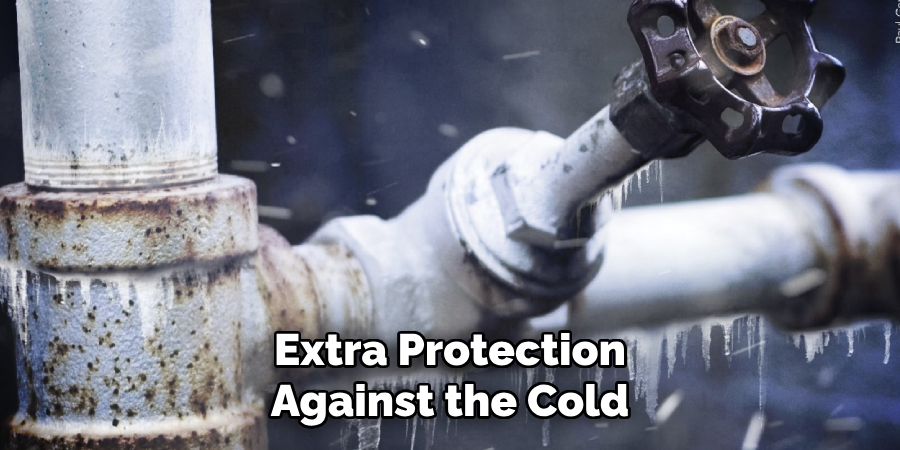
5. Drain the Pipes
If you’re planning to be away from the cabin for a prolonged period, draining the water from the plumbing system is a highly effective way to prevent freezing. Start by turning off the main water supply and then open all the faucets to allow water to drain out of the pipes completely. Don’t forget to flush the toilets to clear the water from the tanks and bowls as well. For cabins with well water, it’s important to drain the well pump as well. With no water remaining in the pipes, there’s no risk of freezing and bursting, making this method particularly ideal for vacation homes or cabins that aren’t used during winter months.
6. Use Pipe Heating Cables
Heat cables or heat tape are designed specifically for protecting pipes from freezing. These cables, which are installed along the length of the pipe, can be plugged into a power source to keep the pipes warm during cold weather. Many heat cables have thermostats that turn on automatically when the temperature drops below a certain point, ensuring that the pipes don’t freeze. While they may require a bit more initial effort to install, the benefit of providing constant warmth to vulnerable pipes makes them an excellent solution for cabins in extremely cold climates.
7. Keep Cabinet Doors Open
If your cabin has sinks with pipes running through cabinets, especially those located against exterior walls, keeping the cabinet doors open can help prevent freezing. This allows the warm air from the room to circulate around the pipes and keep them from getting too cold. While this might seem like a minor action, it can make a significant difference during extreme cold spells. Be sure to remove any stored items in the cabinets that could obstruct airflow. This method works well in conjunction with keeping the heat on and letting faucets drip.
8. Install Frost-Proof Faucets
Exterior faucets and hose bibs are particularly vulnerable to freezing because they are exposed to the outside cold. One way to prevent these from freezing is by installing frost-proof faucets. These faucets are designed to prevent water from sitting in the pipe near the exterior wall, where it is most likely to freeze. Instead, the valve that controls the flow of water is positioned further inside the wall, where it’s warmer. If replacing the exterior faucets isn’t an option, at least disconnect any hoses from the bibs during the winter to prevent water from getting trapped and freezing inside.
9. Use Space Heaters
In particularly cold areas of your cabin, such as crawl spaces or basements, using a small space heater can provide the extra warmth needed to prevent freezing pipes. Be cautious, however, and use heaters that are safe for unattended use, as they should never be left on for long periods without supervision. Place the heater near the pipes to keep the temperature above freezing, but ensure there’s no fire hazard, and make sure that the space has adequate ventilation. This method is especially helpful in cabins that experience prolonged periods of sub-zero temperatures.
10. Add Antifreeze to Drain Traps
If your cabin will be left unheated for a period and you’ve already drained the water lines, consider adding antifreeze to the drain traps of sinks, showers, and toilets. While this method doesn’t protect the pipes themselves, it prevents the water in the traps from freezing and causing damage. Be sure to use non-toxic antifreeze that’s designed for plumbing systems, as regular automotive antifreeze is unsafe for use in homes. This is a good solution for those with seasonal cabins that will be closed up for the winter, ensuring that any remaining water in the drainage system doesn’t freeze and cause blockages.
Conclusion
Preventing cabin pipes from freezing is not just a matter of convenience but a necessary step in maintaining the longevity and safety of your plumbing system. By using a combination of methods—insulating pipes, allowing faucets to drip, sealing drafts, and even draining water systems when necessary—you can protect your cabin from the damaging effects of frozen pipes.
Implementing these strategies before the winter sets in ensures that you won’t have to deal with the costly repairs that come with burst pipes. Thanks for reading, and we hope this has given you some inspiration on how to keep cabin pipes from freezing!

